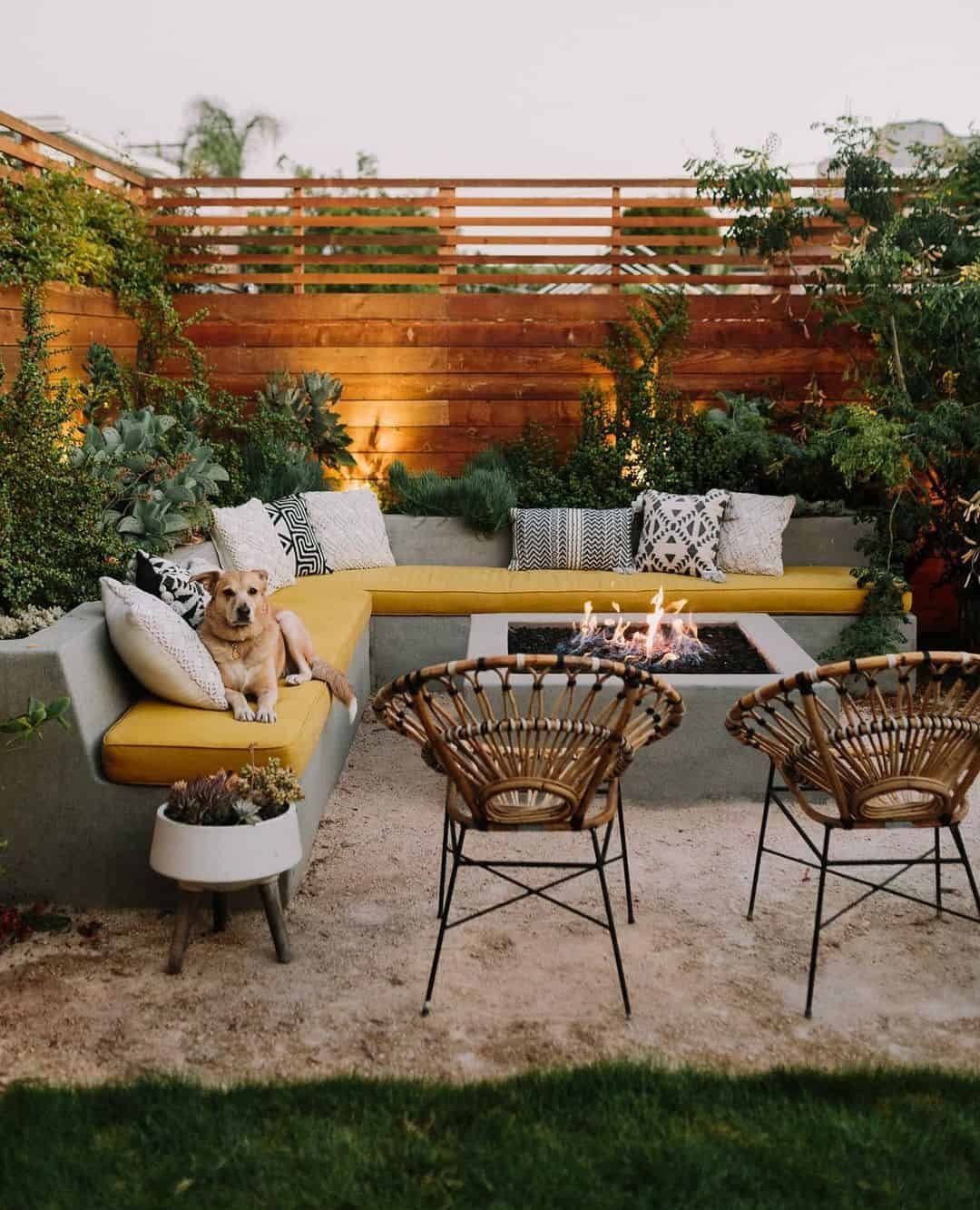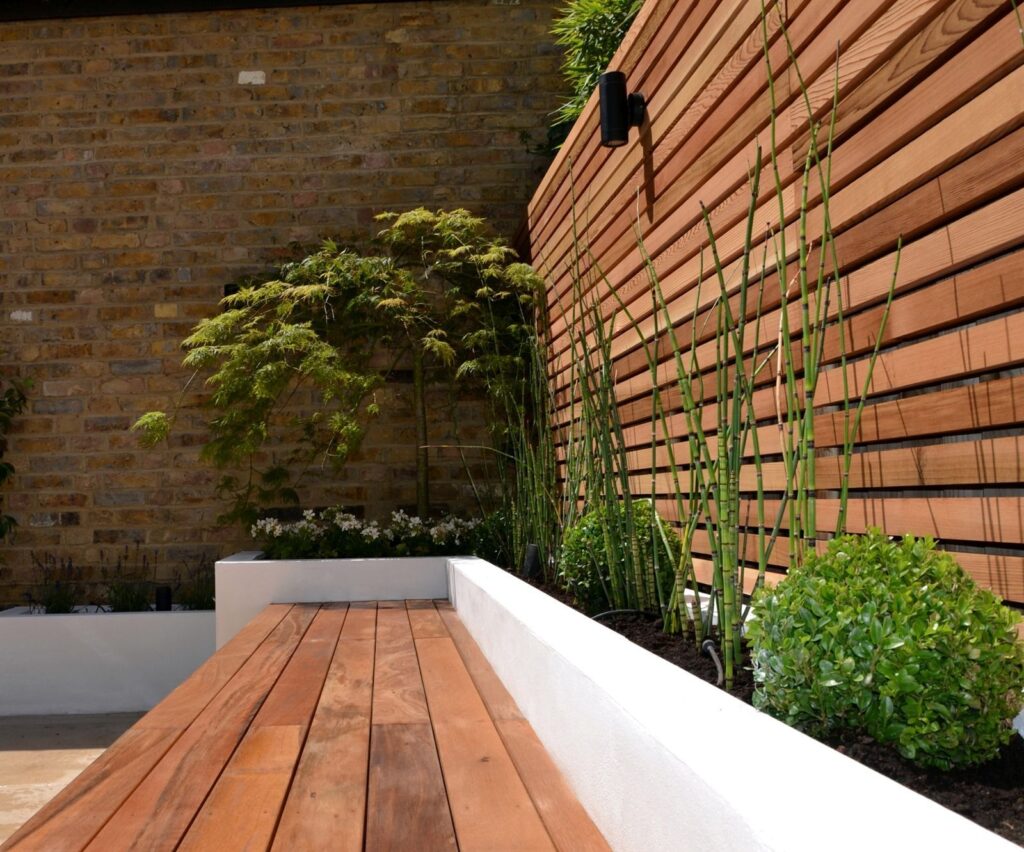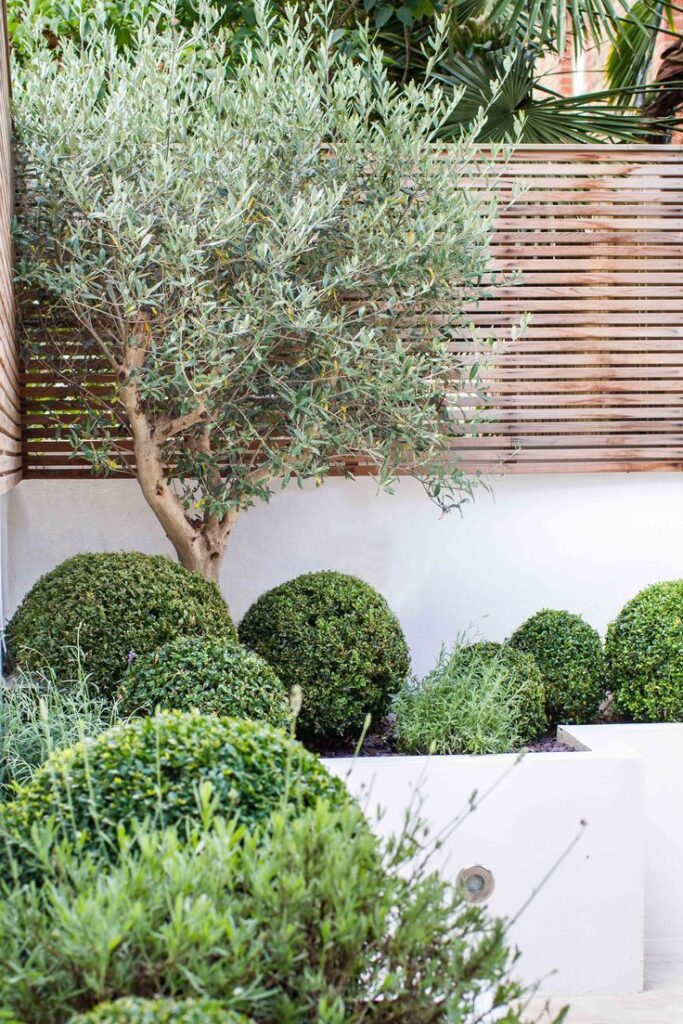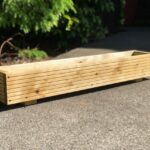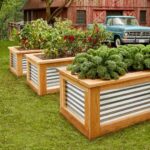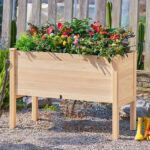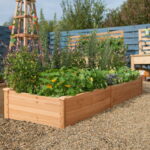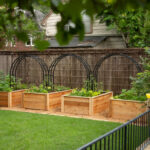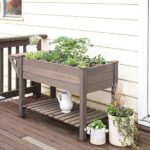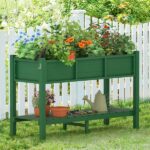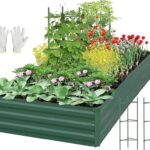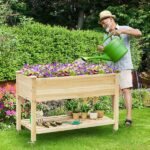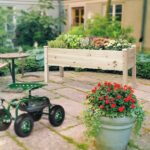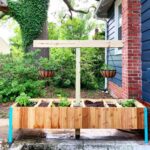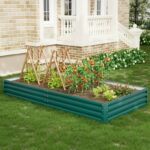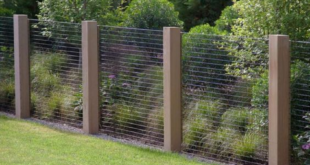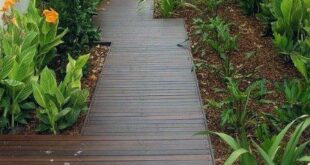Garden planters are an essential tool for those looking to maximize their gardening space, particularly for those with limited room to work in. Raised garden planters are a particularly popular choice, as they offer numerous benefits that traditional ground-level planters simply do not provide.
One of the key advantages of raised garden planters is that they allow for better drainage of excess water. By elevating the soil in the planter, water is able to flow freely through the soil and out of drainage holes in the bottom of the planter. This helps to prevent root rot and other water-related issues that can plague plants in ground-level planters.
Another benefit of raised garden planters is that they offer better soil quality. Because the soil in a raised planter is contained and separate from the ground, it is less likely to be contaminated by pests, diseases, or weeds that may be present in the surrounding soil. This can lead to healthier, more vibrant plants that are better able to thrive.
Raised garden planters also make gardening more accessible for those with physical limitations. By elevating the planting area, individuals who may have difficulty bending or kneeling for long periods of time can still enjoy gardening without straining themselves. This can be especially beneficial for elderly gardeners or those with mobility issues.
Furthermore, raised garden planters can help to extend the growing season for plants by providing better insulation against cold temperatures. Because the soil in a raised planter is elevated and contained, it tends to warm up more quickly in the spring and retain heat more effectively in the fall. This can help to protect plants from frost and extend the growing season well beyond what is possible in ground-level planters.
In addition to the practical benefits of raised garden planters, they also offer an aesthetic advantage. Raised planters can add visual interest to a garden or outdoor space, serving as a focal point or dividing line in a larger landscape design. They can also be customized with different materials, shapes, and sizes to complement the overall look and feel of the space.
 yishifashion Where Outdoor Dreams Become Reality
yishifashion Where Outdoor Dreams Become Reality
